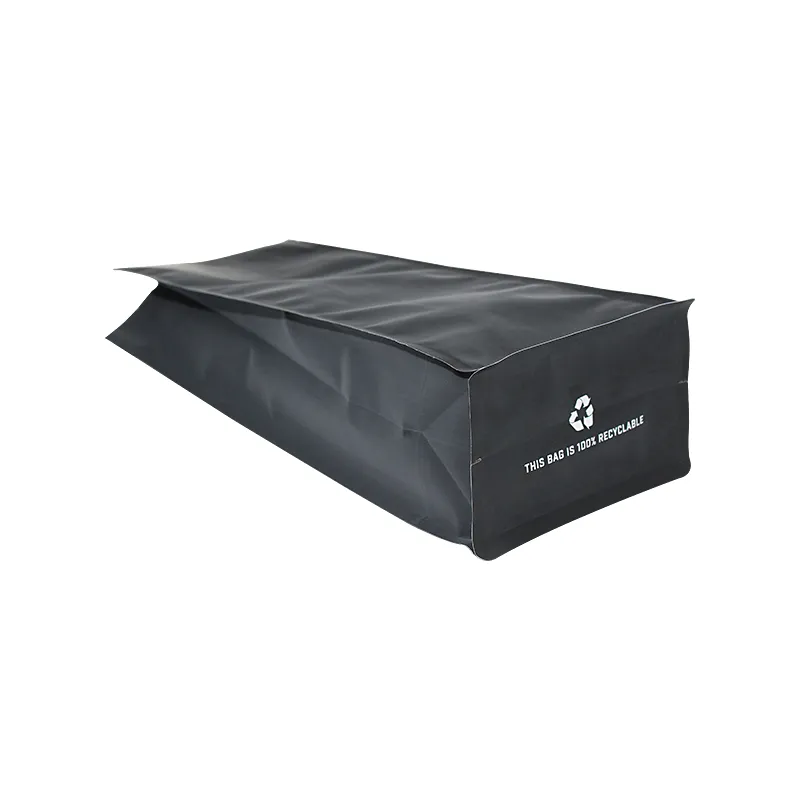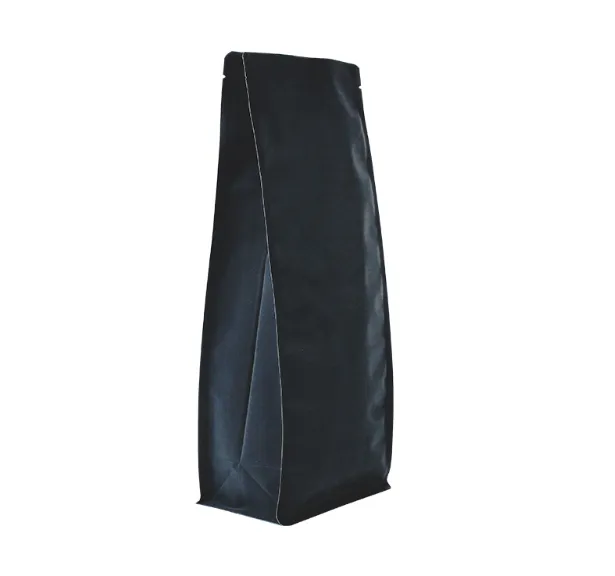- Afrikaans
- Albanian
- Amharic
- Arabic
- Armenian
- Azerbaijani
- Basque
- Belarusian
- Bengali
- Bosnian
- Bulgarian
- Catalan
- Cebuano
- chinese_simplified
- chinese_traditional
- Corsican
- Croatian
- Czech
- Danish
- Dutch
- English
- Esperanto
- Estonian
- Finnish
- French
- Frisian
- Galician
- Georgian
- German
- Greek
- Gujarati
- haitian_creole
- hausa
- hawaiian
- Hebrew
- Hindi
- Miao
- Hungarian
- Icelandic
- igbo
- Indonesian
- irish
- Italian
- Japanese
- Javanese
- Kannada
- kazakh
- Khmer
- Rwandese
- Korean
- Kurdish
- Kyrgyz
- Lao
- Latin
- Latvian
- Lithuanian
- Luxembourgish
- Macedonian
- Malgashi
- Malay
- Malayalam
- Maltese
- Maori
- Marathi
- Mongolian
- Myanmar
- Nepali
- Norwegian
- Norwegian
- Occitan
- Pashto
- Persian
- Polish
- Portuguese
- Punjabi
- Romanian
- Russian
- Samoan
- scottish-gaelic
- Serbian
- Sesotho
- Shona
- Sindhi
- Sinhala
- Slovak
- Slovenian
- Somali
- Spanish
- Sundanese
- Swahili
- Swedish
- Tagalog
- Tajik
- Tamil
- Tatar
- Telugu
- Thai
- Turkish
- Turkmen
- Ukrainian
- Urdu
- Uighur
- Uzbek
- Vietnamese
- Welsh
- Bantu
- Yiddish
- Yoruba
- Zulu
Sustainable Packaging Made from Recycled Materials Eco-Friendly Solutions

(packaging made of recycled materials)
Why Packaging Made of Recycled Materials Is Revolutionizing Sustainability
This guide explores:
- The environmental data driving recycled packaging adoption
- Breakthrough technologies enhancing material performance
- Comparative analysis of leading manufacturers
- Custom design solutions across industries
- Implementation challenges and proven alternatives
- Supply chain integration strategies
- Future development roadmaps
The Environmental Imperative
The packaging industry accounts for 36% of global plastic production, contributing to 8 million tons entering oceans annually. Materials innovation reduces this burden: recycled polyethylene terephthalate (rPET) cuts energy consumption by 79% compared to virgin plastic. Transitioning to recycled content packaging could eliminate 45 million metric tons of CO2 emissions by 2030 - equivalent to removing 9.6 million cars from roads. Research indicates packaging made from recycled materials lowers landfill contributions by up to 64% across manufacturing lifecycles.
Technical Advantages of Modern Recycled Polymers
Recycled material technologies now match virgin material performance through proprietary processes:
- Molecular purification eliminates contaminants while preserving polymer chains
- Additive infusion enhances barrier properties against moisture and oxygen
- Multi-layer structures combine recycled cores with protective outer layers
Third-party testing confirms recycled packaging solutions now achieve:
- 93% of virgin plastic's tensile strength
- Superior UV resistance through nanoparticle integration
- Equivalent shelf-life preservation for perishable goods
Manufacturer Capability Assessment
| Manufacturer | Minimum PCR | Material Innovations | Certifications | Production Capacity |
|---|---|---|---|---|
| GreenPack Solutions | 45% | rPET/rHDPE blends | FDA, SQF, Cradle2Gold | 850 tons/month |
| EcoWrap Technologies | 30% | Marine-degradable additives | ISO 14001, Oeko-Tex | 1,200 tons/month |
| Circular Polymers Co. | 70% | Chemical recycling polymers | EPEA, Recycled Standard | 550 tons/month |
Post-Consumer Recycled content guaranteed in finished products
Customization Across Market Sectors
Custom packaging solutions require technical considerations:
Food & Beverage: Barrier-coated rPP withstands liquid permeability for 18-month shelf life while meeting FDA compliance. Nestlé's rPET water bottles demonstrate a 32% lighter carbon footprint than glass equivalents.
E-Commerce: Padded mailers made with recycled foam scraps reduce void fill by 42% while maintaining compression resistance. Major retailers report a 27% reduction in damaged shipments after implementation.
Implementation Blueprints
Transition frameworks address common operational concerns:
Production Integration: Start with secondary packaging components before transitioning primary containers. Major manufacturers offer batch testing with pilot runs of 5,000-10,000 units to validate production line compatibility.
Cost Management: Volume commitments of 20+ tons typically trigger 12-18% price parity with conventional materials. Patagonia achieved 96% recycled content in apparel packaging after streamlining supplier partnerships.
Design Adaptation: Structural engineering consultations optimize wall thickness and closure systems. Design modifications reduce material use by 22% on average while increasing stacking strength.
The Future in Packaging Made From Recycled Materials
Material science breakthroughs will transform recycled content applications. Polyethylene furanoate (PEF) biopolymers derived from agricultural waste promise 300% better oxygen barrier than PET. Chemical recycling adoption will potentially double PCR availability by 2028. Performance parity now makes recycled content packaging the operational standard rather than premium alternative. Forward-looking enterprises are locking in multi-year supplier agreements anticipating regulatory shifts mandating 50% recycled content by 2030.

(packaging made of recycled materials)
FAQS on packaging made of recycled materials
Q: What are the benefits of packaging made of recycled materials?
A: Packaging made of recycled materials reduces waste, lowers carbon footprint, and supports circular economies by reusing existing resources instead of virgin materials.
Q: How durable is packaging made from recycled materials?
A: Modern recycling processes ensure packaging made from recycled materials meets durability standards comparable to traditional packaging, with rigorous quality testing.
Q: Are bags made with recycled materials waterproof?
A: Many recycled material bags are treated with eco-friendly coatings to achieve water resistance, though specifics depend on the brand and manufacturing methods.
Q: Is packaging made of recycled materials more expensive?
A: While initial costs may be slightly higher, recycled packaging often saves money long-term through tax incentives, brand loyalty, and reduced environmental fees.
Q: How can I verify if packaging uses recycled materials?
A: Look for certifications like FSC Recycled, Recycled Content Standard (RCS), or supplier transparency reports confirming material origins and percentages.













